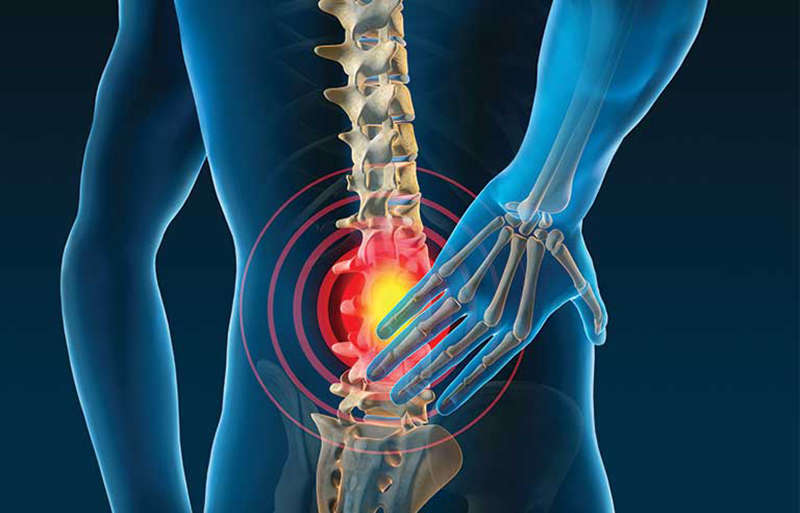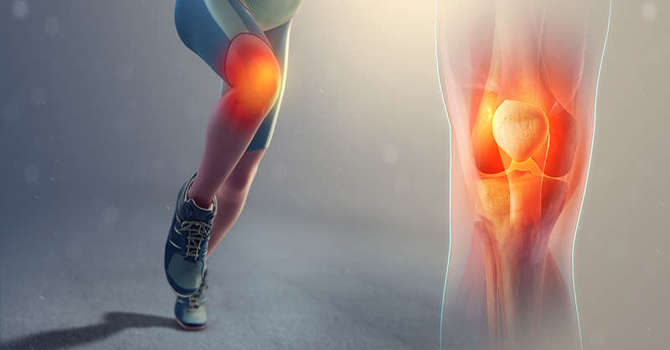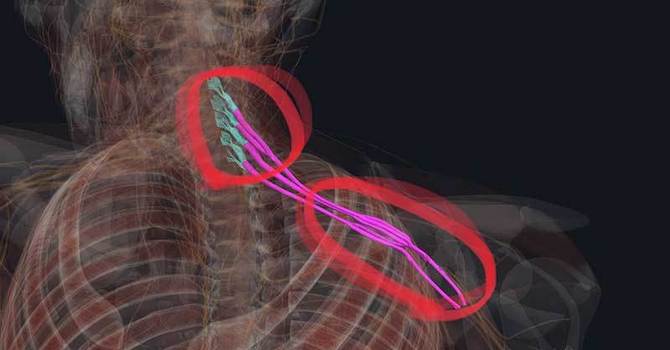Chronic Low Back Pain Case Study
An active lady in her 30’s came to the clinic complaining of low back pain that has been persisting despite seeing many manual therapists (chiro,physio,osteopath,massage therapists).
She was desperate for answers as nothing seemed to effectively decrease the low back pain for more than 24hrs at a time. Enough was enough, she said. She wanted lasting relief and to be able to go the the gym without pain.
Assessment
During her first visit, I evaluated basic everyday movements such as bending forward and walking. Forward bending, is what brought on the symptoms at about 8/10 intensity directly in the middle of her low back pain. Sitting and lying down also brought on the symptoms as well.
Upon assessing her with P-DTR, I found her Transversus Abdominus (TVA), Glutes, Psoas, and Piriformis muscles on both sides of her body to be VERY weak, and her internal abdominal oblique muscles to be hypertonic (Strong, but unable to normally inhibit).
In other words, she lacked the majority of the vital stabilizing musclulature in her lower back and her body compensated with the obliques, which were holding on for dear life at this point.
In my experience, when there is weaknesses of the same muscle on both sides of the body, I often find the root cause of this is fixation(s) of the spine.
More on the TVA (fun facts)
The TVA, a deep core muscle, plays a crucial role in creating proper intra-abdominal pressure and maintaining normal posture. It is the deepest among the abdominal muscles, and it in normal function it automatically contracts a few milliseconds BEFORE the larger, more superficial muscles contract to produce movement. Think of the TVA as a stable foundation to generate force from. If it doesn’t function, the brain will choose another way to achieve stability.
Clinical Outcome
I saw her a total of 3 visits. For the first 2 sessions, I found some restrictions and treated them accordingly, but none lead to any real difference in the back pain. It was during the 3rd session when I found the areas that flipped the ‘ON’ switch for her low back muscles.
Ultimately, what resolved her pain was a P-DTR correction to dysfunctional Stretch Receptors (Golgis) at the base of her skull and at the last segment of her spine. This “pattern” of restriction, if you will, is called a ‘Lovett Reactor’. This was the only correction that offered relief from the symptoms she had.
Knowing now that dysfunctional stretch receptors was generating the symptoms, it made a lot sense why bending forward, sitting, and lying down all made her symptoms worse – those positions were all STRETCHING a dysfunctional stretch receptor in ligaments of her low back.
We had a one week follow-up later, and still no pain. This is the longest the pain has been gone for since she had first had the issue about 1 year ago.
Lovett Brother Explanation
Used clinically for decades by many body workers, and is a common finding for those who are using neuro-muscular therapy techniques such as NKT® and P-DTR®.
In the most simplest of explanations when there is a rotation in L5 there will always be a rotation in C1, its ‘Lovett Partner’, even in the absence of symptoms of pain or lack of function at C1. With all the listings they can work both ways. For example, a dysfunction at L5 can cause a C1 dysfunction and a C1 dysfunction can cause an L5 dysfunction.
When one is out of neutral so will its “partner” or “pair”. Often it is necessary to address the Lovett Partner as well to get a lasting or even successful correction. Remembering that the joint above and below at the dysfuction is also likely to be affected you can see the cascade of musculoskeletal problems that can arise. This is why treating TMJ(jaw) and sacrum/coccyx (pelvis/tailbone) together in some people is so important.
If you or someone you know is suffering from low back pain without getting desirable results, you should begin considering that the root cause has not yet been addressed. To schedule an appointment in our office, please click the "Schedule A Visit" button.
.jpg)

.jpg)




